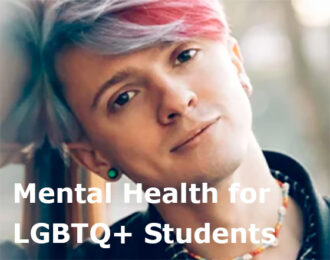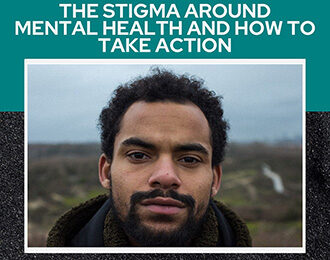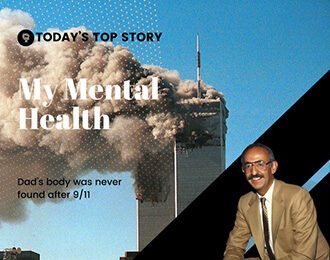Stemming the Rise of Suicide Among Military Family Caregivers
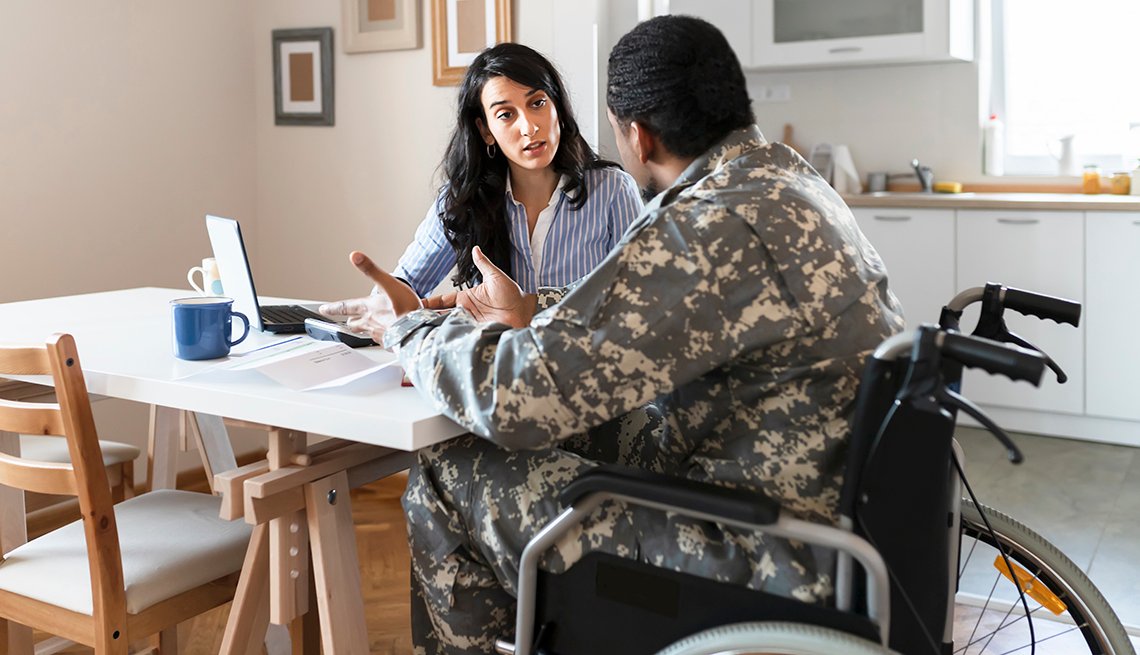
AARP – Updated for August 2021
Author: Lee Woodruff
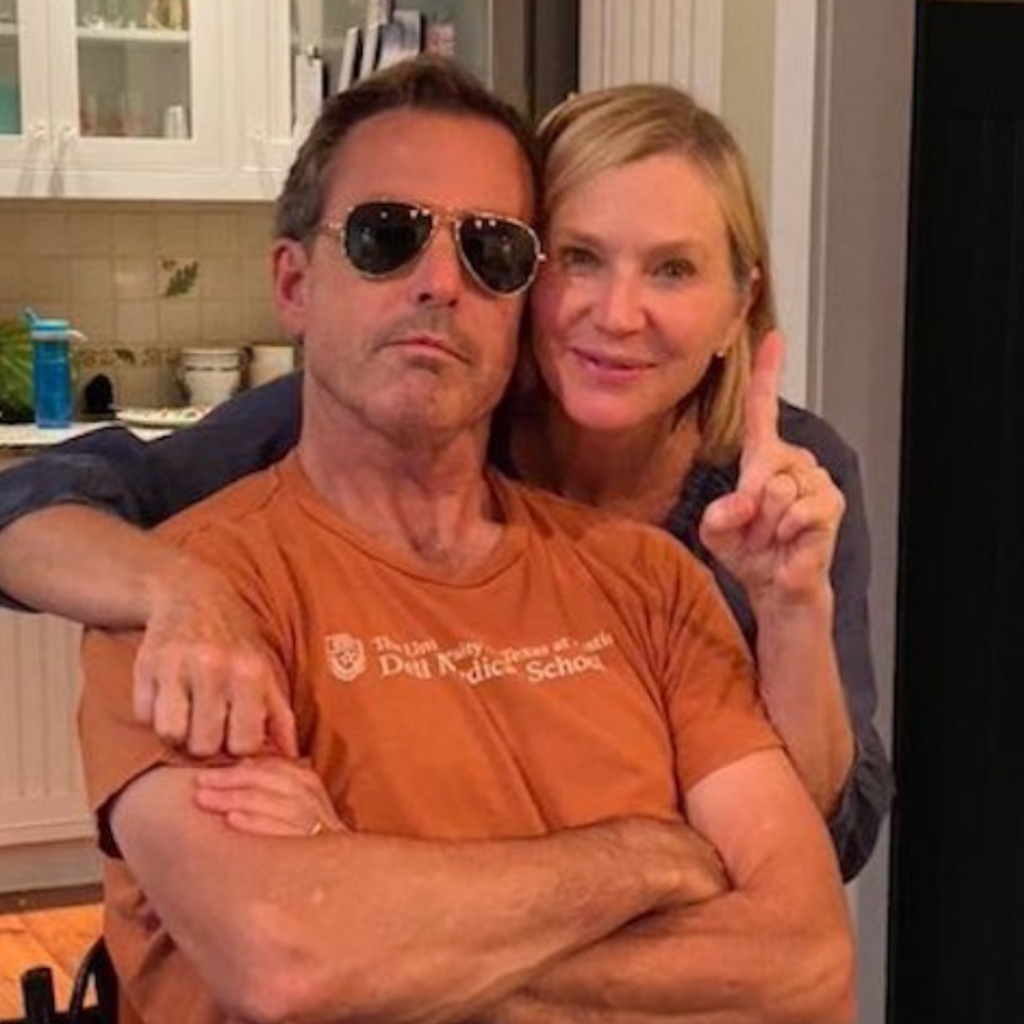
Fifteen years ago, exhausted and driving home from a day at the hospital with my husband, I remember staring at the guardrail on the highway. Bob’s long-term recovery from his brain injury had no percentages or guaranteed outcomes. The future was scary and uncertain. “If I just drifted to the right,” I thought, “all of this fear, anxiety and sorrow would be over.”
Although I knew that I’d never act on my thoughts, just imagining an escape hatch somehow made me feel better. My love for my family was just one good reason to stay in this world, but I remember feeling absolutely overwhelmed and alone. I wanted someone else’s life — anyone else’s life. And I knew that I must not be the only one who felt this way.
Decades of caregiving ahead
A new study by researchers at the University of Texas Health Science Center at San Antonio confirms the prevalence and nature of suicidal ideation among military caregivers. More than two decades of war and the high percentage of injuries and illnesses have created a younger population of caregivers (compared to civilian caregivers) focused on veterans with long-term medical conditions.
Roxana Delgado, a UT health center assistant professor with a doctorate of health sciences who designed and led the study, has a combat-wounded husband, retired U.S. Army Sgt. 1st Class Victor L. Medina, who was injured by an explosive-formed projectile and sustained a moderate traumatic brain injury, as well as other physical injuries.
As part of the military community, she knew there was no information available on family caregivers and suicidal thoughts. She teamed up with Kimberly Peacock, a Gold Star wife, instructor and senior research scientist at the UT health center with a doctorate of education who had also been on the other side of the issue, to create and implement an online study among nearly 500 military caregivers.
Almost 24 percent of those surveyed reported thinking about suicide since becoming a caregiver. Caregivers of people with mental health issues like traumatic brain injury, anxiety disorders, Alzheimer’s and PTSD are at a higher risk for suicidal tendencies than those caring for people with physical injuries like burns or amputations.
“Loss of self and the interruption of education due to caregiving responsibilities were compelling predictors for being vulnerable to suicidal thoughts,” Peacock says. “These caregivers know they are in this for decades, which often creates a greater sense of hopelessness, pain, depression and stress.”
Not only are war injuries abrupt, but they are often multifaceted, meaning military caregivers tend to an average of five or more different conditions that can require highly specialized skills. Both researchers were surprised at the high numbers for suicidal ideation, since military caregivers tend to be better organized and have more resources than civilians.
“This is a group that is organized around resources and has a sense of community. But it doesn’t mean everyone takes advantage of what’s available,” Delgado says. “The fact that one-quarter of respondents think about just ending it all shows that we need to focus on this issue and do more.”
Stigma is a barrier
What makes assistance and identification of those with suicidal ideation so hard? The stigma. Delgado knows four caregivers in her community alone who committed suicide. “These aren’t just hidden heroes,” she says of the unsung dedicated caregivers, “they are forgotten heroes. The stigma around thoughts of suicide makes it difficult for people to have the conversation” and admit they need help,
Shaina Purser is a caregiver to an Army veteran of Afghanistan and Iraq and the mother of a special-needs child. She works within the nonprofit space providing education, encouragement and support to military and veteran families.
“Before I self-identified as a caregiver, I felt a great sense of failure in caring for my husband. I thought this was just my problem and that I was failing because I couldn’t do it right,” she says. “When I made the decision to take my own life, I felt like I was at the edge of a cliff, trying to hold on.” Despite this, Purser was expected to push through and endure, a hallmark of the military mindset. This only further compounded her feelings of failure and isolation.
“I tried to take my own life and I wasn’t successful,” Purser says. “My shame was so profound that I couldn’t imagine telling anyone about it. I hardly left the house and was in a very dark place. It was hard to imagine how my life could continue. I survived, but it felt like that was worse.”
Her husband left the military and then her daughter was diagnosed with autism. In the process of reaching out to various organizations to advocate for them both, Purser began to meet other people like herself, share stories and call herself a caregiver, a job that had a title and a definition. She quickly realized that she was not alone. With this knowledge, she went on to earn a master’s degree in social work at the University of Southern California, specializing in military social work. Utilizing her own experience as a military family member and caregiver, she has become a champion for raising awareness of issues affecting military families.
Her message to caregivers is simple: “You are not alone. Accept help, reach out for help, and if help says no, don’t take that for an answer.” She also urges caregivers to advocate for themselves as much as they would for their family members, and to connect with other caregivers to understand that these experiences are common.
“You have a purpose and a story to tell,” Purser says. “You were not put on this earth to just care for your veteran. Your life matters just as much, and you have something to give to this world.”
Honoring the military caregiver role
Melissa Comeau is a caregiver to a combat-wounded Marine. She is also an adviser for PsychArmor, a nonprofit that provides education programs for military service members, veterans and their families, and worked with the Department of Veterans Affairs (VA) and the insurance company USAA to develop the S.A.V.E. training program for military and veteran caregivers, which helps people take an active role in suicide prevention. (S.A.V.E. is an acronym for signs of suicide, asking about suicide, validating feelings, encouraging help and expediting treatment.) Comeau is working to change the stigmatized and negative language around suicide from phrases like “failed suicide attempt” or “committed suicide” to “died by suicide.”
“We hear a lot about the issue of veteran suicide,” Comeau says, “but we don’t focus at all on the caregivers. This issue is so shameful within the caregiver community that it’s hard to get people to open up. Just having these conversations can feel as if your loved one has become an overwhelming burden, that you would rather die than care for the one you love.”
What’s more, military caregivers have always been looked at as a solution, a safety net for the veteran, rather than being seen as people with their own issues. “We can’t sacrifice one population for another,” Comeau says.
Add to that the COVID-19 pandemic, which further separated an already isolated population and took the lives of many veterans who were vulnerable through toxic exposure, among other medical issues.
“Most of us have been unable to grieve together, to attend funerals or process the trauma in all of this loss,” Comeau says. “This only adds to the sense of despair and anxiety.”
As part of VA’s S.A.V.E. program, Comeau narrated a training video to help people recognize the warning signs and offer assistance to caregivers who might be experiencing suicidal ideation. She also acts as a peer supporter for other caregivers.
“Those gentle nudges from a peer are super helpful,” Comeau says. “If another caregiver can share their experience and offer to get on the crisis line, it’s much more powerful than a doctor or health care worker.”
Some of the stories coming to light can help normalize these feelings and identify people who are struggling. There are women who describe no longer wearing a seat belt because they feel that it might be better for everyone if they died in a car accident. Others talk about holding the key to the gun safe so their veteran can’t access it, but they worry that no one is holding it for them. Many fantasize about not being there, or just driving away.
Normalize the guilt and fear
Social media can also be a place for caregivers to convene, share and form community. Being able to chime in on Facebook to support a fellow caregiver can change the course of a bad day. The AARP Family Caregivers Discussion Group, for example, is an honest and supportive private forum where civilian and military caregivers buck one another up and share advice, best practices and motivational moments.
“The next step is to normalize the sense of guilt and fear around being a long-term caregiver,” Delgado says. “Once organizations are willing to talk openly about this, the caregivers will follow. They have to be brought into the conversation and be part of the solution to create a web of support and help.”
“The VA is beginning to focus on this issue, and there are many promising telehealth possibilities for caregivers,” Delgado says. “This study is only a start, and we need to encourage more research and better evidence-based approaches to serve this important population.”
If you are worried a family caregiver you know is struggling or at risk for suicide, these are a few warning signs:
Warning Signs of Suicide
- Increasing social isolation
- Not asking for help and/or total social withdrawal
- Feeling hopeless or having no purpose
- Neglecting hygiene, not changing clothes
- Loss of appetite
- Being unreachable by phone or to talk at regular intervals
- Personality changes, going from chatty and bubbly to not talking much — even about the loved one’s progress
If someone articulates suicidal thoughts, stop everything and have them contact the Veterans Crisis Line (800-273-8255 and press 1) or text 838255.
Lee Woodruff is a caregiver, speaker and author. She and her husband, Bob, cofounded the Bob Woodruff Foundation, which assists injured service members and their families.

